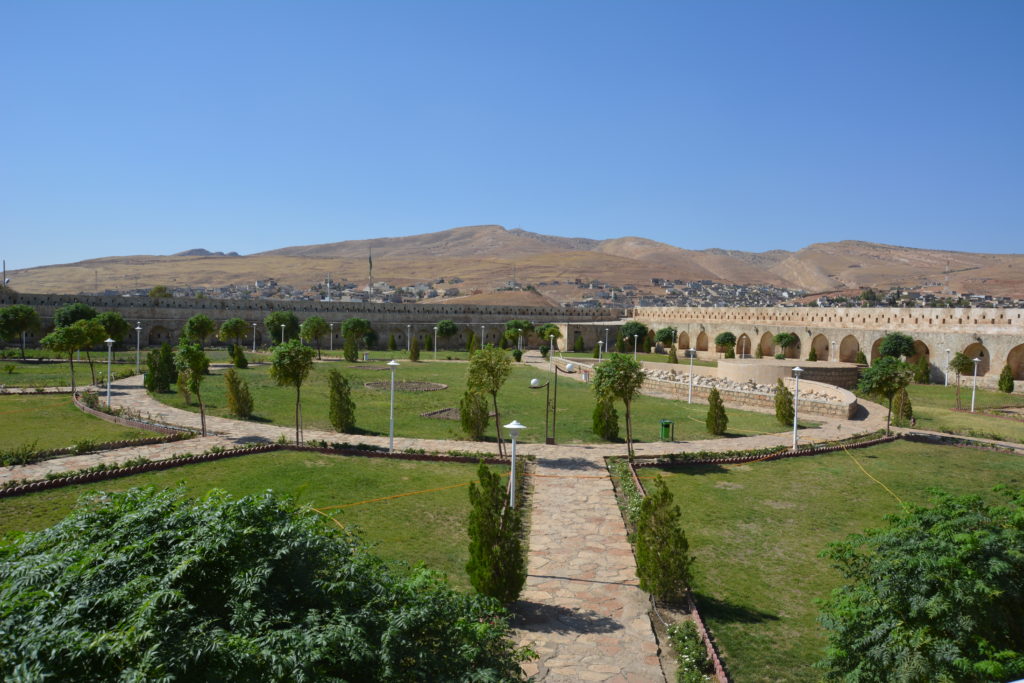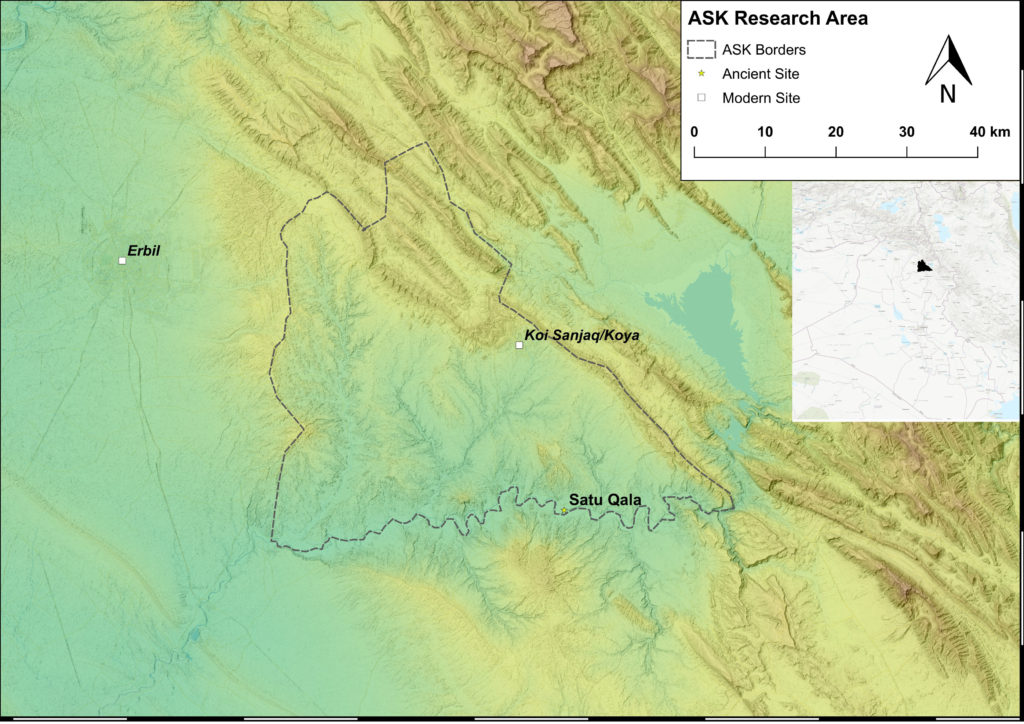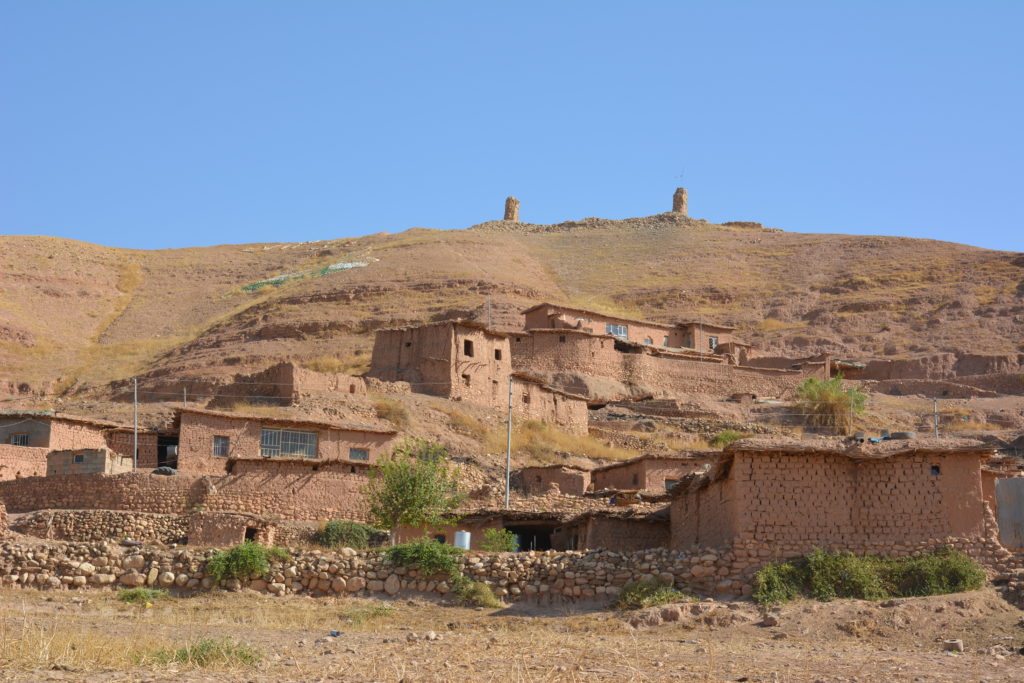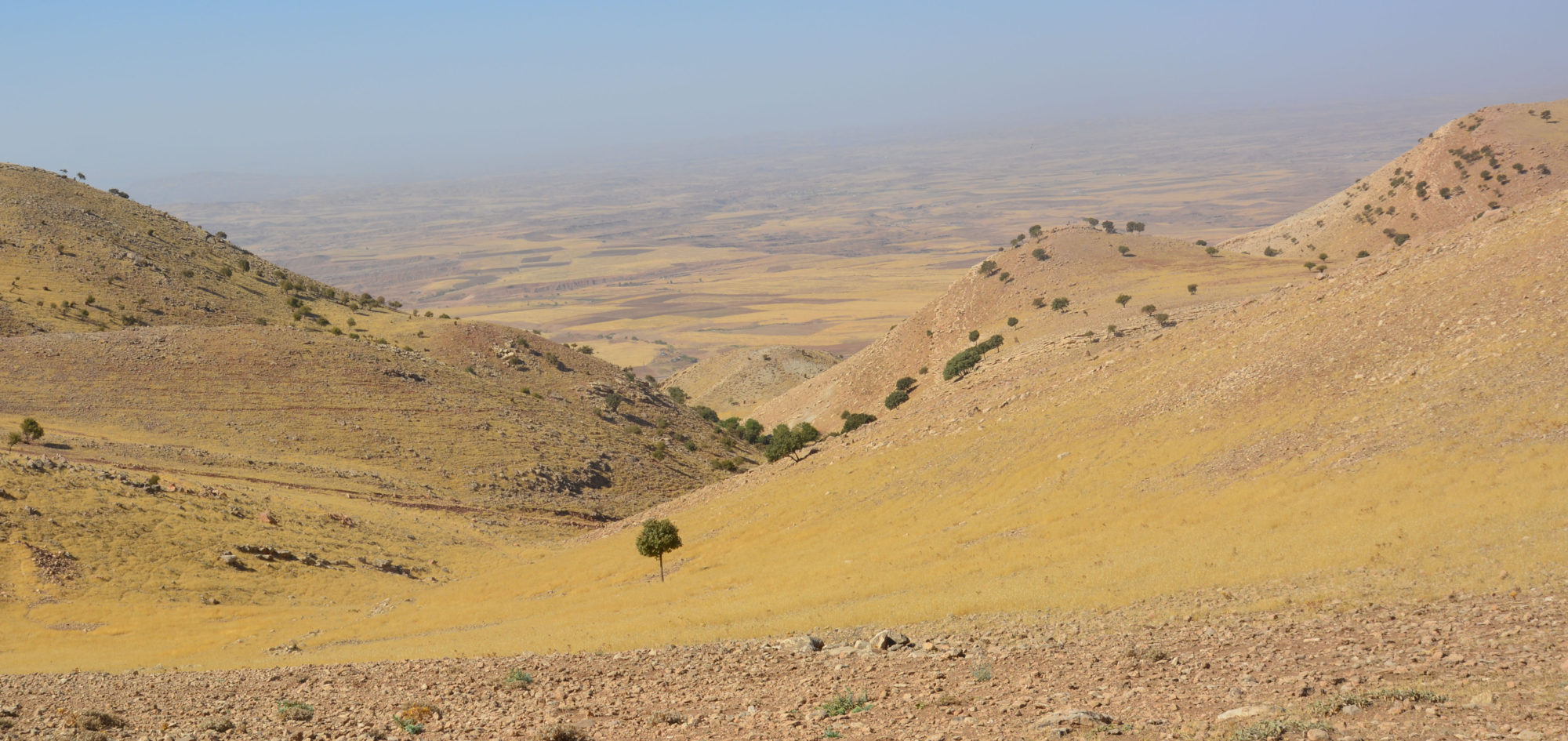The Archaeological Survey of Koya (ASK) project is a multidisciplinary project, with the goal of assessing long-term shifts in the archaeological landscape of the district of Koya/Koi Sanjaq (Erbil, Iraq). The project has been conducted since 2015 under the direction of Cinzia Pappi of the University of Innsbruck (Austria) in cooperation with the General Directorate of Antiquities of the Kurdish Regional Government of Iraq.

The region, located at the intersection of the modern districts of Sulaimaniya, Erbil, and Kirkuk, has historically represented a cultural crossroads of numerous imperial powers. Assyrians, Achaemenids, Parthians, and Sassanians have all encountered the region as a multicultural borderland both between southern and northern Iraq and between the valley of the Tigris and western Iran.

The region’s position at the edges of Assyria and, later, Hellenistic and Parthian Adiabene ties in to a range of broader questions of local and global identities and the diversity of traditions in and across multicultural states. This role continued until the time of the independent Kurdish chiefdoms on the eastern border between the Ottoman and Persian dynasties in the 19th century.

Previous excavations at the site of Satu Qala, the Assyrian provincial capital of Idu, and the ongoing surface analysis in the surrounding area of Koi Sanjaq/Koya have highlighted its role as a node within a vast network of interregional connections. The Archaeological Survey of Koya aims to tell the still unwritten story of the long-term historical, social, and economic developments of the region within this framework.

